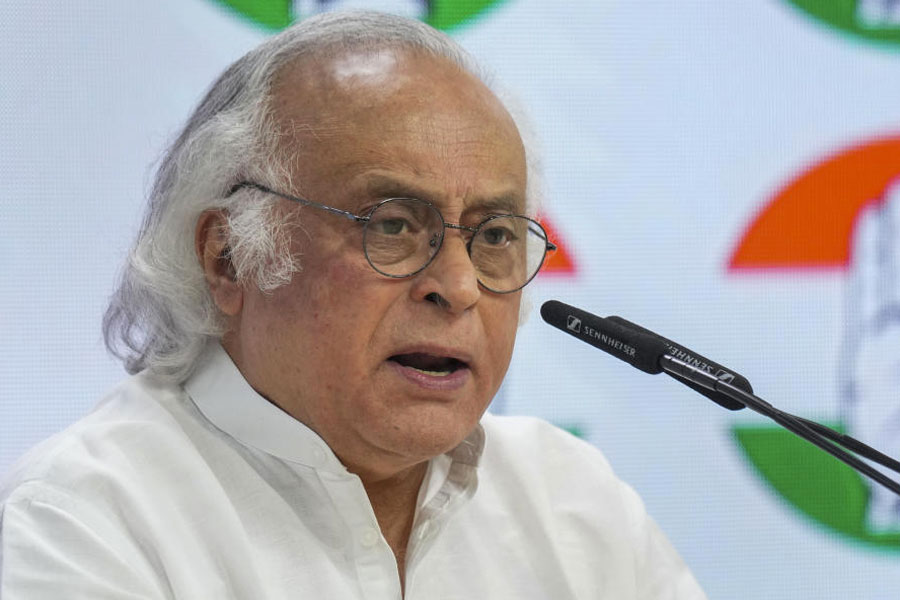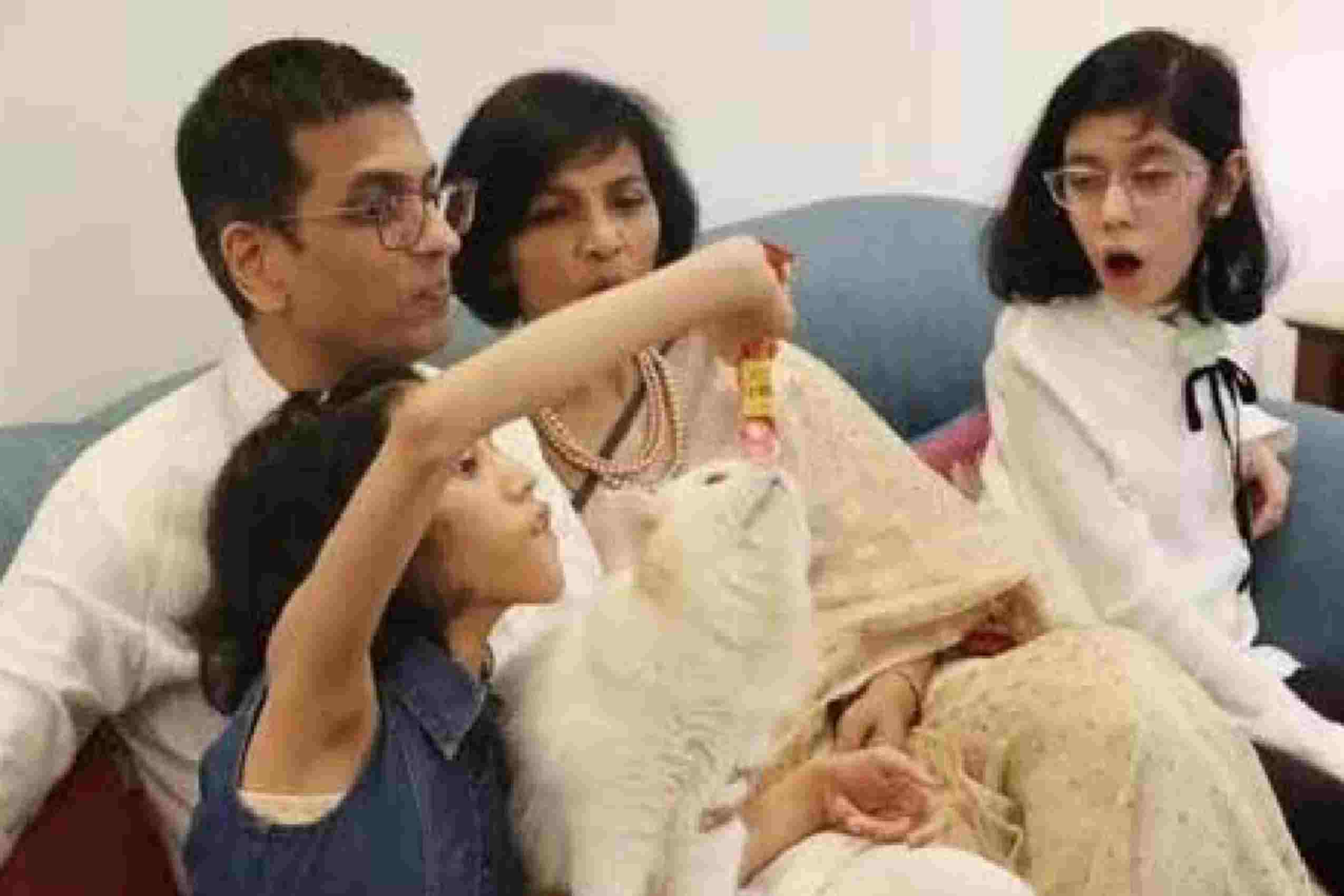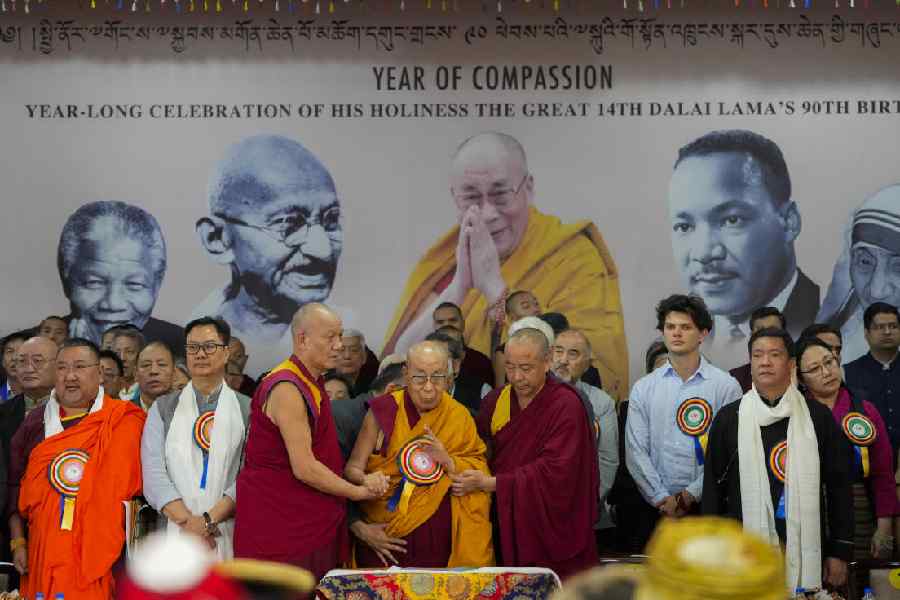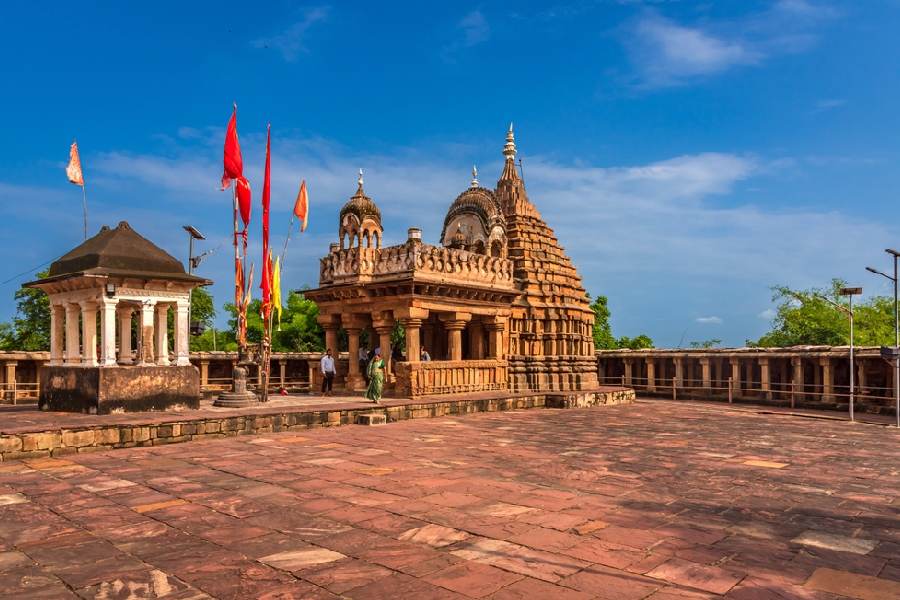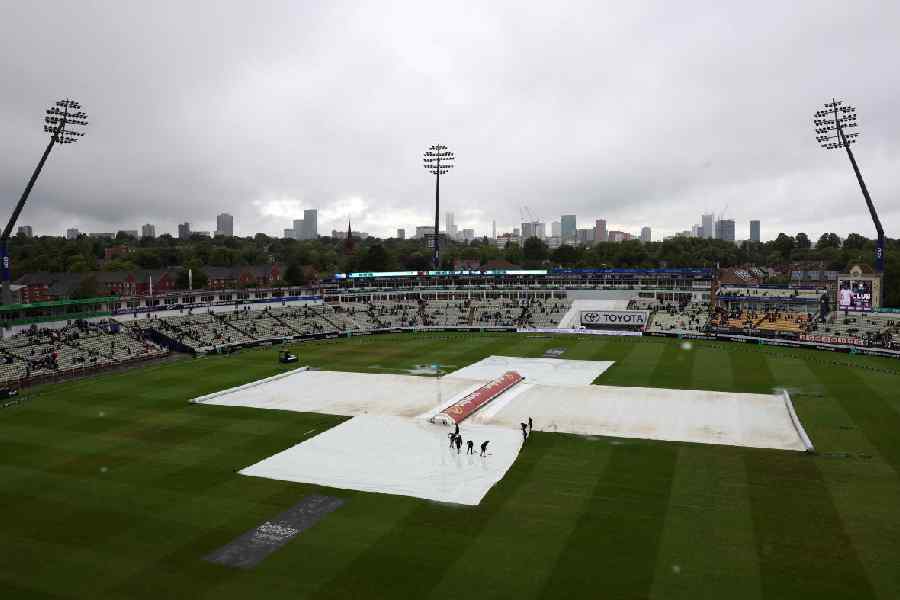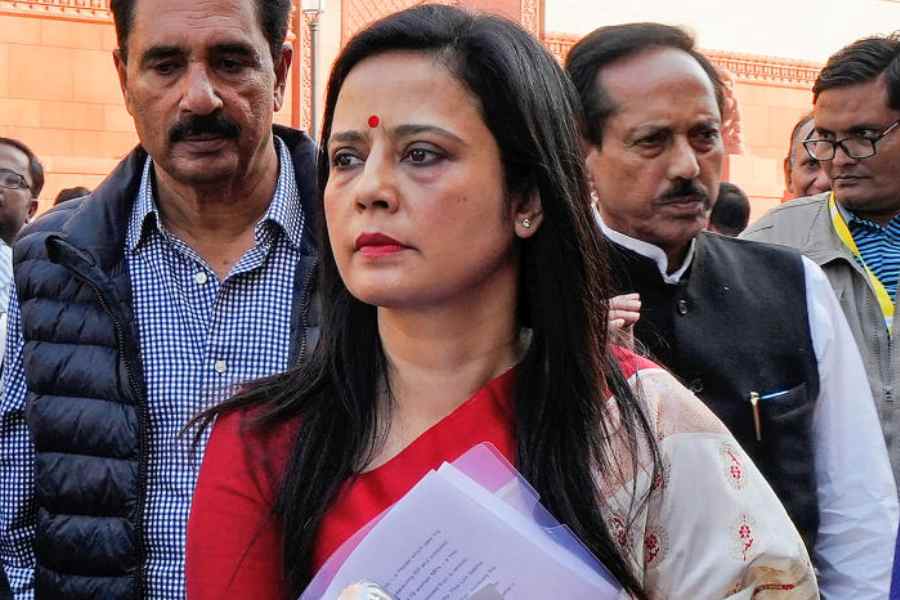
Jorhat, June 2: The Freedom Fighters' Association has set up an archive at Mukti Jujaru Bhawan here which will contain a slice of history of freedom movement and more.
Debeswar Doloi, one of the few surviving freedom fighters in Jorhat town, said the script stencilled on square banner sheets adorning the walls in the archive room upstairs recorded the history of the rebellion of Gomdhar Konwar in 1828 up to the 1942 Quit India movement.
Konwar was the first person on record who made a fort and a palace at Nakachari, about 25km from the town, and declared himself the king in 1828, a few years after the Treaty of Yandaboo was signed and Assam passed into the hands of the British.
"I have translated into Assamese the main events from Landmarks of Freedom Struggle in Assam by K.N. Dutta. It will also be printed as a book, Swadhinata Sangramor Itibritta," Doloi said.
The Freedom Fighters Sons and Daughters Association is also helping to complete the archive which still has a lot left to be done.
The president of the association, Munindra Nath Dutta, said they were trying to collect as many photographs as possible, blow them up and laminate them. Three of these, one of them "Gandhi's Jatra", have already been put up.
"Another 20 photographs are being laminated in Guwahati and should be here by the time the archive is inaugurated on June 5 by chief minister Tarun Gogoi. He had given us Rs 10 lakh to make the archive," Dutta said.
Dutta's grandmother Kulteswari and father Gangadhar were freedom fighters. Kulteswari was the first to promote women's education by helping to establish Koronga Girls' High School. She would go from door to door and persuade parents to get their daughters admitted to the school. Dutta said they plan to open a website where snippets on freedom movement in the region would be incorporated.
The association's secretary, Deva Prasad Bharali, said a library, a reading room and an office would be built too. Bharali's father Devanand worked with Aruna Asaf Ali and J.P. Agarwal in Calcutta. He was arrested there in 1928 and again in Jorhat during the Quit India movement. Bharali said in his house at Kolakhowa, 3km away, there used to be an underground cell for freedom fighters to hide.
"We have plans to fill the rest of the L-shaped hall with photos of these freedom fighters, Bharali said.
Other memorabilia will be kept in glass-topped boxes on either side like in a museum."


